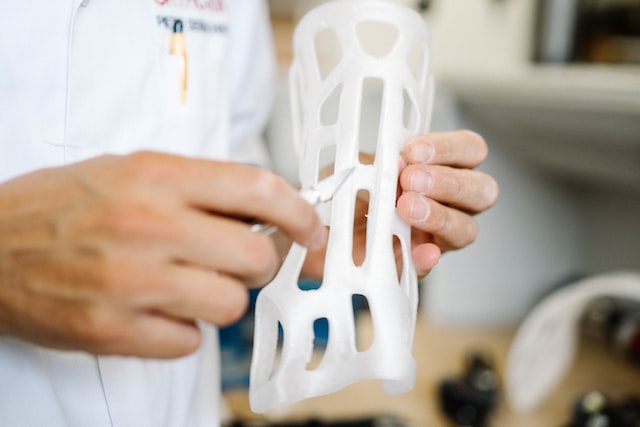In a remarkable discovery, scientists have revealed that diamonds embark on an exciting journey to the Earth’s surface during catastrophic events, such as continental shifts and explosive volcanic eruptions.
A Volcanic Eruption: A Diamond’s Birth
When Earth’s continents shift and tectonic plates collide, volcanic eruptions can be triggered. Although these eruptions are often destructive, they can also bring precious gems to the surface. Diamonds, which are captivating geological formations, originate deep within the Earth’s crust, approximately 93 miles underground. During a volcanic eruption, these diamonds, along with other rocks and minerals, can be transported to the surface.
Kimberlites: The Diamond-Bearing Rocks
The rocks responsible for transporting diamonds to the surface are known as kimberlites. These rare volcanic rocks, distinguished by their dark color and peridotite composition, play a crucial role in the journey of diamonds to the surface. Before diamonds reach the Earth’s surface, they undergo a powerful and explosive process called a “kimberlite eruption.”
These eruptions propel diamond-bearing rocks upward at speeds ranging from 11 to 83 mph. This extraordinary journey carries the diamonds from their deep, intense origins within the Earth to their final destination above ground. Researchers have observed that kimberlite eruptions often occur during significant tectonic shifts, such as the breakup of the supercontinent Pangaea.
Eruptions and Diamond Formation
Using computer models to study the Earth’s deep crust and upper mantle, researchers discovered that when tectonic plates split apart, the thinning of the continental crust allows hot rock to rise, cool, and sink. This process creates unstable areas that can trigger kimberlite eruptions, typically beginning near rift zones and moving inward. These eruptions mix rocks with carbon dioxide, water, and essential kimberlite minerals, including diamonds, generating the explosive forces needed to bring diamonds to the surface.






